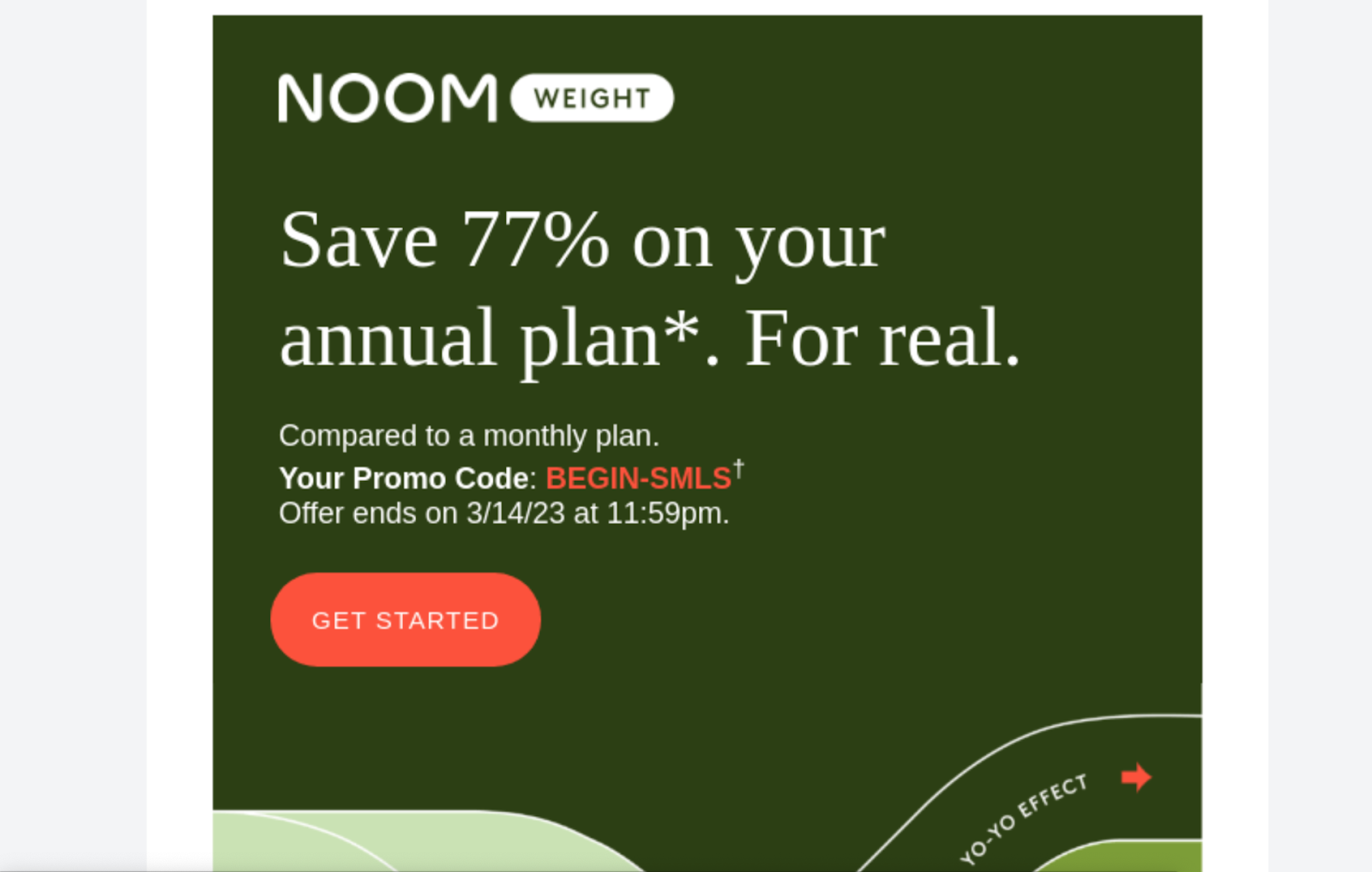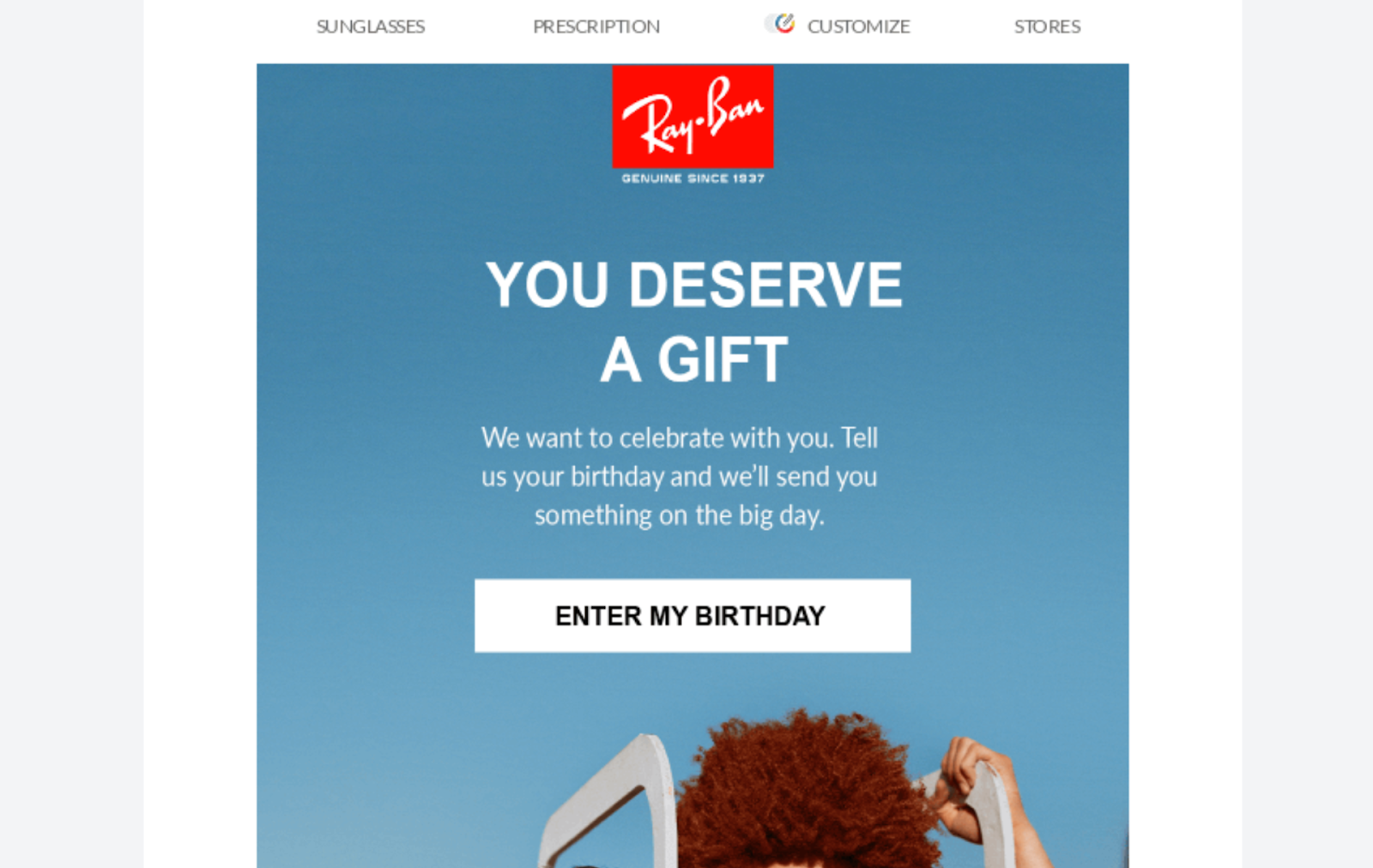
Imagine an email marketing funnel as a winding river. Your potential customers embark on a journey at the source (when they first hear about your brand) and gradually approach the destination (make a purchase or complete another desired action).
Here’s the catch, though: They don’t have a paddle. As they encounter obstacles, detours, and resting points, you need to help them reach each new stage in the funnel.
Email marketing automation allows you to respond quickly as a prospect moves from one stage to the next, but to take advantage of it, you need to understand the email marketing funnel.
What is an email marketing funnel?
An email marketing funnel is a series of emails designed to guide potential customers through the buying process. It starts at the moment they discover your brand and continues to their decision to become loyal customers. Creating an email funnel requires you to understand your customers’ journey, using email marketing to move them from each stage to the next.
With a well-structured email funnel, you get a number of benefits. For one, you can automate your customer journeys, saving time and resources. You’ll also see improved customer conversion and retention.
Stages of an email marketing funnel
This email marketing funnel template lays out the five key stages: awareness, interest, consideration, purchase, and retention.
Awareness: Discovering your brand
At the top of the funnel, potential customers find out about your brand. Public posts and strong, informational content help customers discover you and opt into your email funnel. The goal is to be present where they can find you — and give you their email addresses.
Interest: Beginning to engage
Once a customer is aware of your brand, you need to keep their interest. Send interesting emails that provide value, such as how-to guides, tips, or exclusive content.
Give them information and opportunities, but keep the pressure low. The goal here is not to sell, but to engage.
Consideration: Evaluating and desiring your brand’s solution
This is the stage where you instill desire in your offerings. Convince them your product or service is the best solution for their needs by highlighting product features. Send out detailed guides, testimonials, and reasons why your offering outperforms that of your competitors.
Purchase: Converting from a subscriber into a new customer
You’ve engaged them, you’ve convinced them, and now it’s time for the final push. This is when “I want that” becomes “I’m buying it now.”
Retention, loyalty, and advocacy: Coming back for more
The journey doesn’t end once a customer has made a purchase. Now, you want them to become loyal fans who’ll keep coming back for more.
First, make sure you follow up after purchases. Also, assert the importance of the customer to your brand community. Consider giving them discounts for related products or a special gift on their birthday. These are the touches that encourage clients to become brand advocates. When you can do this, they’ll help you spread the word about your offerings.
Emails in a sales funnel
In this section, we’ll go through the types of emails you could include in your email marketing funnel strategy.
Nurture emails
Once you have a lead’s email address, confirm and intensify their interest with nurture emails. You can start by sending them a welcome email.
Continue to nurture leads with newsletters, informational content, and updates about your business. The main goal here is not to sell but to build a relationship.
Problem-and-solution emails
Once your potential customers are familiar with your brand, it’s time to show them how you can solve their problems.
Problem-and-solution emails should focus on a specific problem your target audience faces. Then, present your product or service as the solution.
Pitch emails
Move from possible solutions to direct calls to action, or CTAs.
Pitch your brand’s offering and encourage prospects to commit. These emails should highlight the biggest advantages of your solution.
Follow CTA best practices for design and composition. The action you want the reader to take should be visually and rhetorically clear. A simple “Buy Now” button is a great example.
Lift emails
If the lead doesn’t bite, sweeten the deal. Lift emails enhance the product or service’s desirability with special discounts, bonus items, or other limited-time offers. This creates a sense of urgency.

Social proof emails
Maybe you sound too good to be true. Show them this isn’t the case with social proof of your value.
Nothing convinces potential customers more than hearing from people who enjoy your product or service. Sharing case studies, testimonials, or effective user-generated content (UGC) provides the reassurance your prospects need to make a purchase.
Objection-killer emails
Despite all your efforts to convince them, potential customers might still hesitate. Maybe they worry about the price or longevity of the solution. Or, perhaps they have concerns about shipping.
Address their hesitation with emails that tackle common concerns. For example, if you sell a more expensive but longer-lasting alternative to the competition, let customers know how much they can save in the long run.
Close emails
Seal the deal, and personalize the call to action. Summarize the benefits of your product for the specific client and encourage them to finally make their purchase.
Last-call emails
If potential customers stay on the fence, a last-call email can create a sense of urgency prompting them to act. For instance, you could warn them that a special offer is about to end or that stock is running low.
Creating an effective email funnel
So, we’ve gone through the five steps of email marketing, and you have an idea of different types of email marketing campaigns. Now, let’s go deeper into how you can create successful email campaigns at every stage of the funnel.
Identify your target audience
Your funnel will be more effective if you can design it with a target audience in mind.
Think about your ideal customer. What do they like? What problems do they face? The more you know about your audience, the better you can tailor your emails to their needs.
Create awareness through strategic content
Now it’s time to grab your audience’s attention with readily available content designed for them. Write a blog, create social posts, or develop material for other channels such as a podcast or YouTube channel.
For example, a fitness app creator could post an article on their blog about the top five exercises for a full-body workout at home or post a video demonstrating a feature of their app on social media.
Capture and nurture leads
Once you have your audience’s attention, you need to capture their email addresses. Start by adding a sign-up form to your website and any other channel where you regularly interact with prospects.
Consider creating a lead magnet. This is a valuable offer that you provide in exchange for a prospect’s contact information.
Convert leads into customers
Once your leads are familiar with your brand, convert them with nurture, pitch, proof, and enhancement emails.
Retain and build customer loyalty
The journey doesn’t end with the email marketing conversion funnel. Customer retention has a huge impact on revenue. It costs less to keep clients than to find new ones.
Turn one-time customers into loyal fans. You could ask for feedback, suggest related products, or provide special offers for repeat customers.

Optimizing your email marketing funnel
Time to kick things up a notch and talk about how to build the best email marketing funnel. These strategies will ensure you get the most out of your email marketing campaigns.
What are the seven email marketing strategies?
These seven tactics contribute to a smoother customer journey from awareness to conversion and retention.
Segment your email list for personalized messaging
With email segmentation, you divide your email list into different groups. Then, you can send personalized messages that resonate with each group.
Use it to tweak messages for each stage of the channel, sending different emails to new subscribers, confirmed prospects, and loyal customers.
Find the right email frequency
How often should you send emails? Too frequently, and you might annoy your subscribers. Not often enough, and they might forget about you.
The key is to find a balance. Monitor your email open rates and unsubscribe rates to find the optimal frequency for your audience. Note: You can also segment for frequency, only sending your biggest fans certain content.
Create high-quality content that resonates
High-quality content is at the heart of email marketing. The best emails are the ones that provide value.
Whether it’s a helpful article, an exclusive discount, or just a friendly update, make sure your content resonates with your audience. Keep it relevant, engaging, and easy to read.
Choose the right marketing automation software
Effective email marketing requires a solid tool at your disposal. The best marketing automation software can help you manage your email list, automate your campaigns, and track your results.
Practice good list hygiene
An outdated or unengaged email list can hurt your email deliverability and skew your campaign results. Regularly clean your email list by removing unengaged subscribers, correcting typos, and validating new emails.
Generate qualified leads with lead magnets
Lead magnets attract more qualified leads to your email list. These leads have asserted that they want material relevant to your brand and are more likely to convert.
Measure results and adjust strategies
Pay attention to your email marketing analytics. Track metrics such as open rates, click-through rates, and conversion rates to understand what’s working and what’s not. Then, use this data to adjust your strategies and improve your email marketing funnel.
Advanced email marketing strategies
Why stop there? Take advantage of these more advanced tactics to open up new avenues for connection and conversion.
Leverage content marketing
You can do more than create awareness with your content. You can use it to establish your authority, as well. You want to position yourself as someone your audience can trust and boost your reputation as an industry leader.
Create high-quality, relevant content. Regularly publish posts, whitepapers, e-books, podcast episodes, or webinars on topics that align with your industry and your audience’s interests.
You can also connect with industry influencers and publications. Many blogs and magazines are open to guest authorship. Plus, interviewers and researchers always need expert sources to quote or invite on their show.
Warm up leads with a drip campaign
Once you’ve grabbed your audience’s attention, it’s time to warm them up for the sale. Consider running a drip campaign, a series of emails that build on one another. This will keep you top-of-mind in the initial stages of the relationship.
Land sales with targeted content
If you can find out what motivates each segment of your audience, you can target them more effectively.
For example, if you sell software, your clientele may be divided into hobbyists and professionals. Professionals may be willing to pay more but require additional educational resources or prefer to purchase packages of related tools.
Tools and resources for email marketing funnels
A skilled craftsman relies on quality tools, and your strategies are influenced by the resources you have. Set yourself up for success.
To do that, find a solution that suits you. You can start by checking out Constant Contact, a user-friendly email marketing platform with powerful automation, reporting, and cross-channel tools.
Marketing automation
Email is the most popular type of marketing automation for good reason. Automation is a game-changer for email marketing. It allows you to automate repetitive tasks such as contact management and segmentation.
You can also deliver more personalized experiences to your audience by adding content that automatically draws on past purchases or other customer details.
Email testing and tracking software
It’s hard to improve what you can’t measure. Email testing and tracking software allow you to A/B test different elements of your emails, track your campaign metrics, and understand what works best for your audience.
Cross-channel tools
The email marketing funnel is vital, but the best marketing also incorporates other channels beyond email. Look for a solution that offers tools for social media, paid advertisements, and SMS marketing. The right platform makes it easy to manage posts or ads or reformat email content as posts.
Common challenges and solutions
Here are a few common issues for people workshopping their email marketing funnel stages — and practical solutions to handle them like a pro.
Unresponsive subscribers
Not all subscribers will engage with your emails. You might notice some who never open your emails or have stopped engaging. Don’t be disheartened.
One way of solving poor engagement is by automating your communications. A great marketing automation example is a re-engagement campaign. Create an automation that sends an email to lapsed subscribers after a certain amount of time, asking if they’re still interested and providing a special offer.
If they remain unresponsive, it might be best to remove them from your list to maintain good list health.
Poor email deliverability
Of course, you want your emails to reach your subscribers’ inboxes. Multiple things can cause poor email deliverability, including spammy content and poor list hygiene. Regularly clean up your email list and ensure your content is relevant and valuable to your subscribers.
Low open and click-through rates
If your open rates or click-through rates are low, workshop your subject lines and calls-to-action (CTAs). Subject lines should be catchy, and CTAs should be clear and compelling. A/B testing can help identify what works best for your audience.
Related concepts and tutorials
Get the most out of your email marketing funnel by pairing these insights with these closely related aspects of marketing:
- Marketing automation: Save time and improve campaign results by taking full advantage of automation capabilities.
- Email marketing strategy: There’s more to email marketing strategy than the funnel. Learn how to plan out yours.
- Email marketing best practices: Stay on top of industry trends and tips with the latest email marketing best practices.
Get started on a winning email marketing funnel
An email marketing funnel is more than just marketing lingo. This powerful framework can help you turn strangers into loyal customers and keep them for years to come. Guide your subscribers through a well-planned journey to build trust, provide value, and drive sales.
There’s no universal solution. What works for one business might not work for another. Don’t be afraid to test different strategies, learn from your results, and continuously improve your email marketing funnel.
You can start by looking at past and present email campaigns. Where do your messages fall in the email marketing funnel? How could you make them more effective or create new campaigns to address gaps?
As you guide your leads down the river, remember: The current is with you. They opted into your email list and are eager to hear what you have to say.
Further reading:




